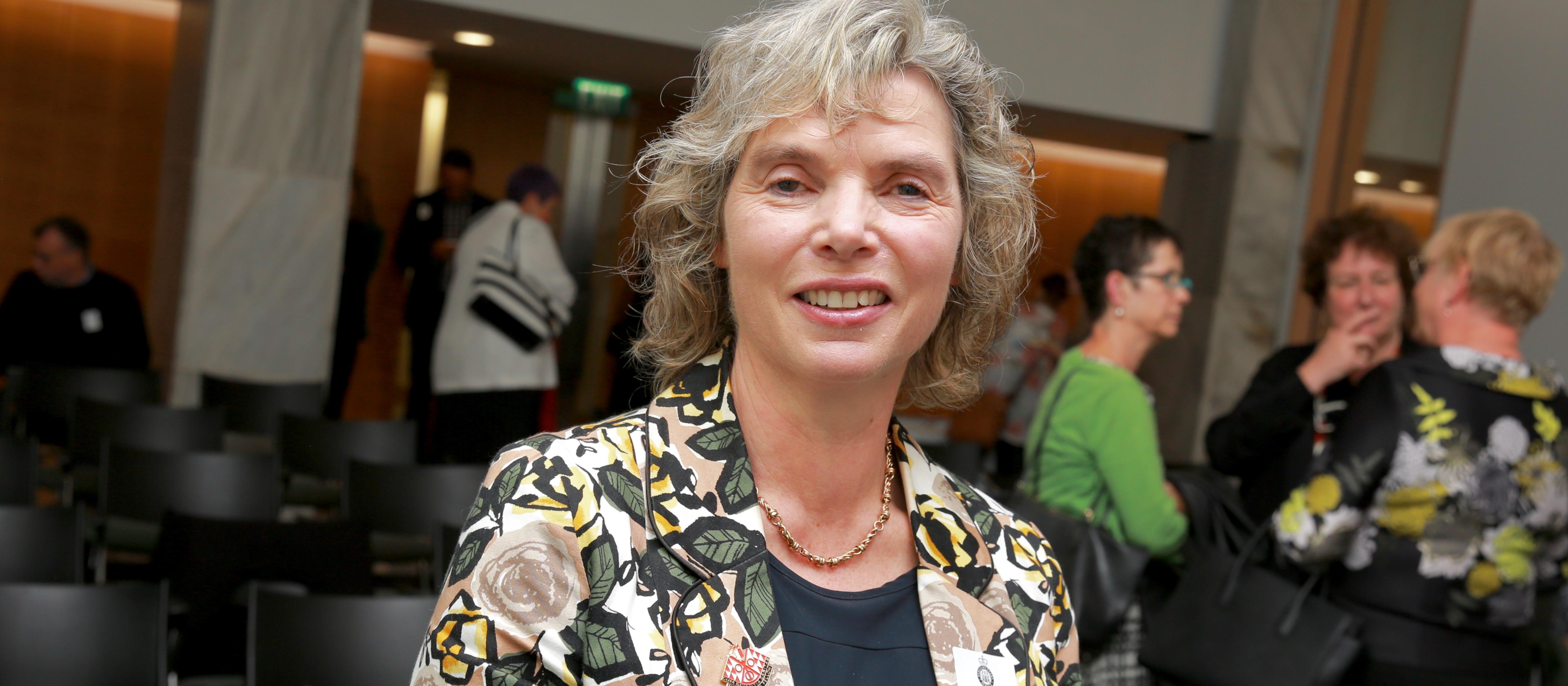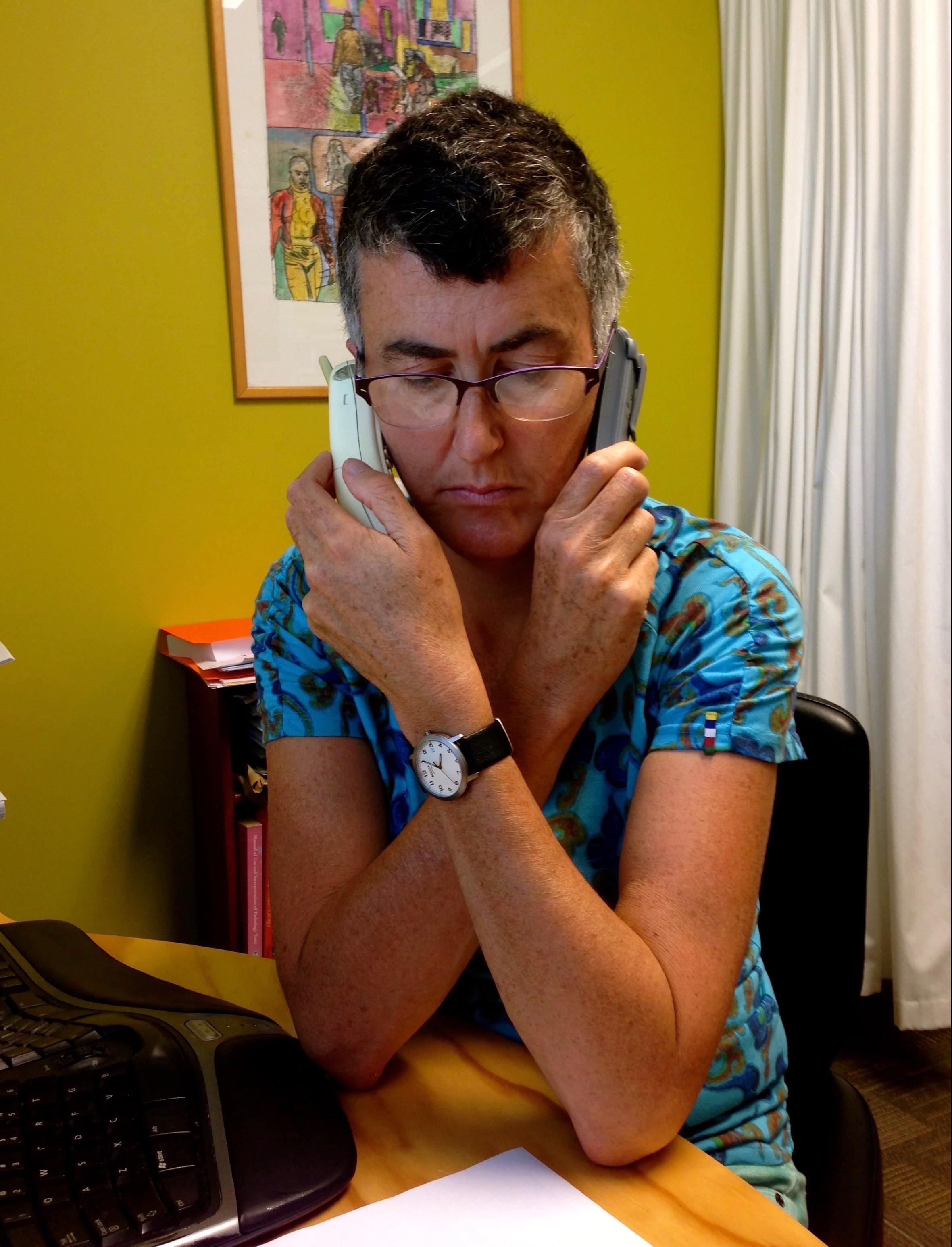At a time when the world is bowing under the weight of a pandemic, there is one part of frontline service that remains dangerously unchanged: the 15 minute GP appointment. I spoke to the President of The Royal New Zealand College of GPs – and a few other doctors – to find out why the system is so flawed.
This is a fundamental problem that impacts my life medically, emotionally and financially. Every time I see my GP, I write down everything I need to discuss – and then I cut the list in half, because there’s no way she could address everything in 15 minutes. Then, in the waiting room, I prioritise again and remove everything that doesn’t feel immediately urgent.
This system, while currently necessary, is dangerous. What if the question I do not ask, the symptom I do not raise, the medication I do not ask for… is actually the most important?
Sure, you could say I’m a ‘special case,’ or ‘complex,’ etcetera. But even getting a single prescription can, and often should, take more than 15 minutes. If a doctor is required to assess a situation and recommend a solution, often a pharmaceutical one, they should have time to get it right – and you should have time to ask questions. If not? That’s an unfair and potentially dangerous situation for everyone.
Spoiler: Google is Not A Doctor.
So I wanted to know – why is 15 minutes the “gold standard?”
My research led me to two experts. Dr Samantha Murton, President of The Royal New Zealand College of General Practitioners, and Dr Lucy O’Hagan, a GP who’s written about this issue – ‘The curious case of the 15-minute consult: Is the funding tail wagging the dog?‘
Note the above article is subscriber-only. Fortunately, the RNZCGP were happy to put me in touch with Dr O’Hagan, who sent me a copy. Here’s another of her pieces – ‘On not being Ashley’, a vulnerable and explicit account of a kiwi doctor’s thoughts during a pandemic.
Drs Murton and O’Hagan explained to me the funding models that control the 15 minute failure. The first is ‘capitation’ – this is how much the government will provide GP practices, based on patient enrolment. Dr Murton, who is also the Chief Medical Officer at a Wellington clinic (and a senior lecturer at University of Otago) says her capitation works out at about $10/month per patient.

Dr Samantha Murton, President of The Royal New Zealand College of GPs.
Obviously, that’s an average, and you’ll get patients like me who need a longer appointment once a fortnight, and some who barely ever go to the doctor.
That’s the second line of funding – the patient co-pay. My appointments cost around $45, which will be variable depending on your clinic’s location. That means I’m paying the majority of the cost.
The third line is ACC co-payment, a situation I am of course unfortunately familiar with. If my visit is related to one of my various misfortunes <cough>, it’ll cost $30. ACC will cover more of the bill than regular capitation.
Other lines of funding include complete coverage for patients under 14, reduced co-payment for those with a Community Services Card, and programmes such as Care Plus. Eligibility for CP is difficult, with both patient and clinic required to meet a list of criteria. Again, CP funding is based on enrolment, but overall the funding covers up to 5% of the population. I am lucky (?) enough to be sick enough to qualify, but CP is capped, and only covers a tiny proportion of my appointments.
What all this means is that the cause of – and solution to – the 15 minute problem is the same: money.
At the moment, we’re seeing billions of dollars poured into the fight against, and recovery from, COVID-19. It’s disturbing to me how much of this appears solely economically driven, focused on industries such as tourism and small businesses. The percentage of funds funnelled into healthcare is primarily reactionary. Despite many promises by the Labour government over the past two terms, I’ve failed to see substantive change to the existing systems.
Dr O’Hagan has been a GP for 25 years. When she first began practicing, she says most of her cases were on the simple side.
“You’d see someone with a sprain, a child with conjunctivitis, a woman wanting a prescription for the Pill. Nowadays, other medical professionals can take care of a lot – nurses, physios, midwives, pharmacists. So what we’re left with are the complex cases.”

Dr Lucy O’Hagan working double time as per usual
“The old model is an historic dinosaur that we’re stuck with because someone said ‘This is how we’ll fund it,’ as opposed to asking ‘What is the task, and what’s the best way to approach it?'”
Dr Murton agrees, and adds that over the years hospital service delivery has migrated to healthcare delivered in the community, but the funding that defined the 15 minute model for general practice didn’t follow, or come close to matching the increased expectations of caring for complex patients.
“Fifteen minutes is a unit of measurement for funding, that’s all it ever was. As a unit for healthcare delivery? It does not work. It is impossible to serve health needs in any substantial way within that time.”
That means the current model isn’t only unhealthy and dangerous for patients, but for primary care providers working under constant time pressure. Dr Murton, who trains medical students, says the most common question she gets asked is ‘How do you do it?’
.jpg)
Step one: Learn a patient’s entire life in 15 minutes
Dr Murton also points out that managing a business where the workforce is constantly under duress is difficult and another risk factor.
“Smaller practices can be nonviable, because in order to get enough funding, you need at least three doctors, three nurses, and admin staff. That means you now see clinics with thousands of patients on the books, and a team working to help them all.”
Dr Murton says GPs are and must be advocates as well; they have the nous and capability to help patients navigate the often complex, flawed and frustrating health system.
“I am deeply invested in my patients and think about them a lot. You’re the person who walks alongside them, making the journey manageable and sustainable. I can guarantee most GPs think about their patients more than patients think about their doctors.
The reality is there is a lot of pro bono work that goes on in GP practices, because it has to for safety reasons. If a patient makes an offhand comment about a symptom, or an unexpected reference to their mood – GPs are expected to pick up every threat, unpick threads, explore, and really listen.”
If patients don’t raise questions or concerns, and doctors don’t explore or pick up on risk factors because they don’t have the time? That’s detrimental to health.”
“We all know there’s an issue.”
… So if the problem is clear, how do we fix it?
Dr O’Hagan says that COVID-19 has shown change is possible, with rapid and positive results. “Within 72 hours, 80% of practices moved to telephone consults. Many are still offering this for patients who want or need it.”
She also says telephone triage can and should be commonplace. That would mean having a conversation with a nurse or healthcare assistant prior to your appointment, so that your requirements are clear ahead of time, and could be met more swiftly by the right person.
“We need to address the increased complexity in healthcare.”
Dr Murton says “It can sound like criticism of GPs when we say the model of care has to change. It’s not. If the model of funding does not change, the model of care delivery cannot.”
One team for one patient
“There should be more funding for people with multiple diagnoses. For example, the formation of multidisciplinary teams so that the person does not spend half their life going to different appointments. This would keep them out of hospitals which is cheaper for the government – and that’s what most patients want too, they don’t want to go into the hospital, they want to see ‘my doctor.’
Dr O’Hagan agrees, and suggests new models could include things like flat annual fees, tiered for patients with different levels of need.
“We need to get creative about the way we provide services – and the funding needs to fit the task.”
The answer seems simple. The government wants to save money – and to do that, investment in primary healthcare is obvious. Patients want more time and less cost. Doctors want the ability to treat patients properly, with the care they signed an oath to. The medical community has ideas for how.
Why don’t those in charge start listening… and for more than 15 minutes?

Excellent piece with insightful solutions, especially important for those with rare complex and uncertain progressive illnesses